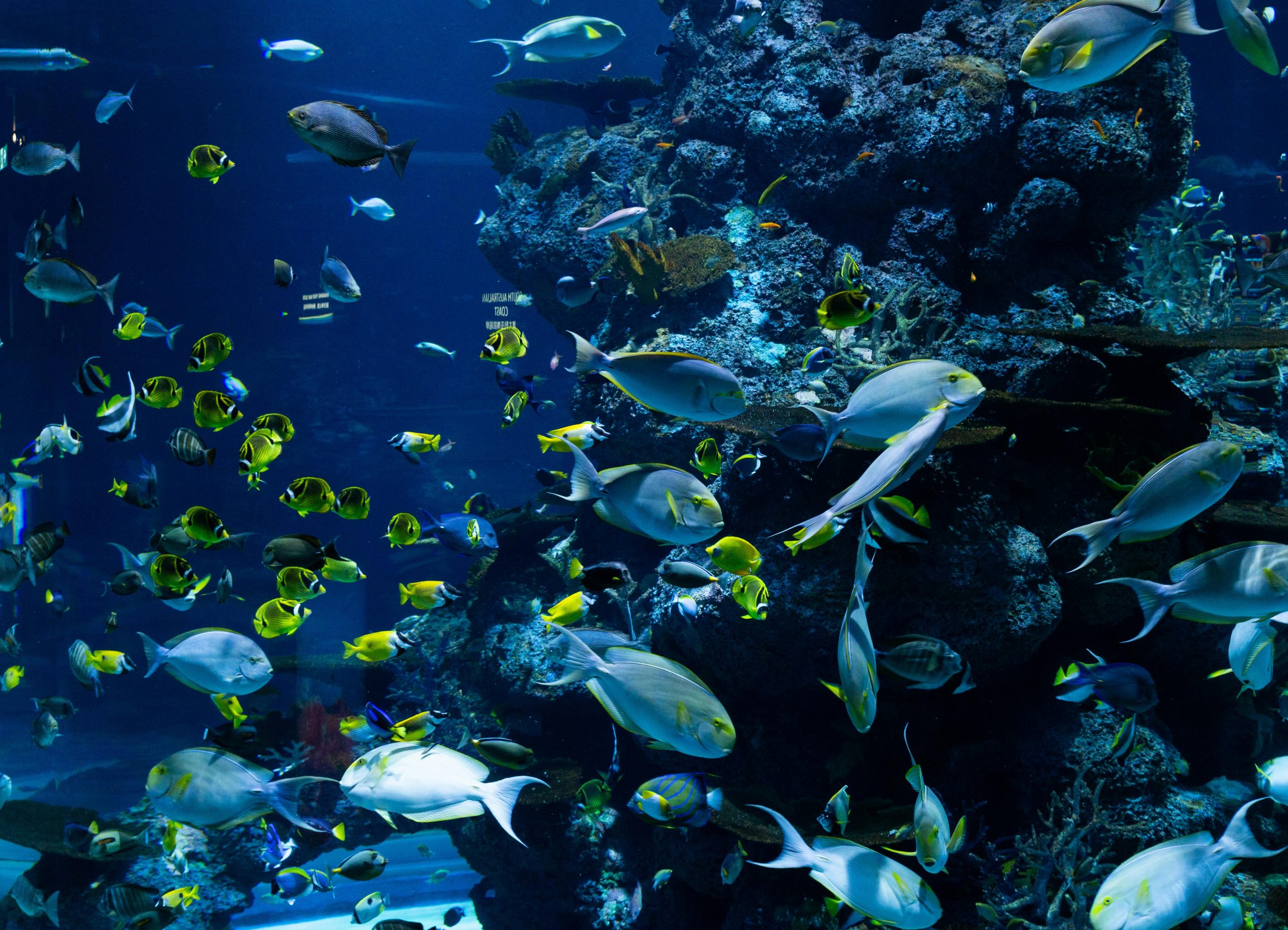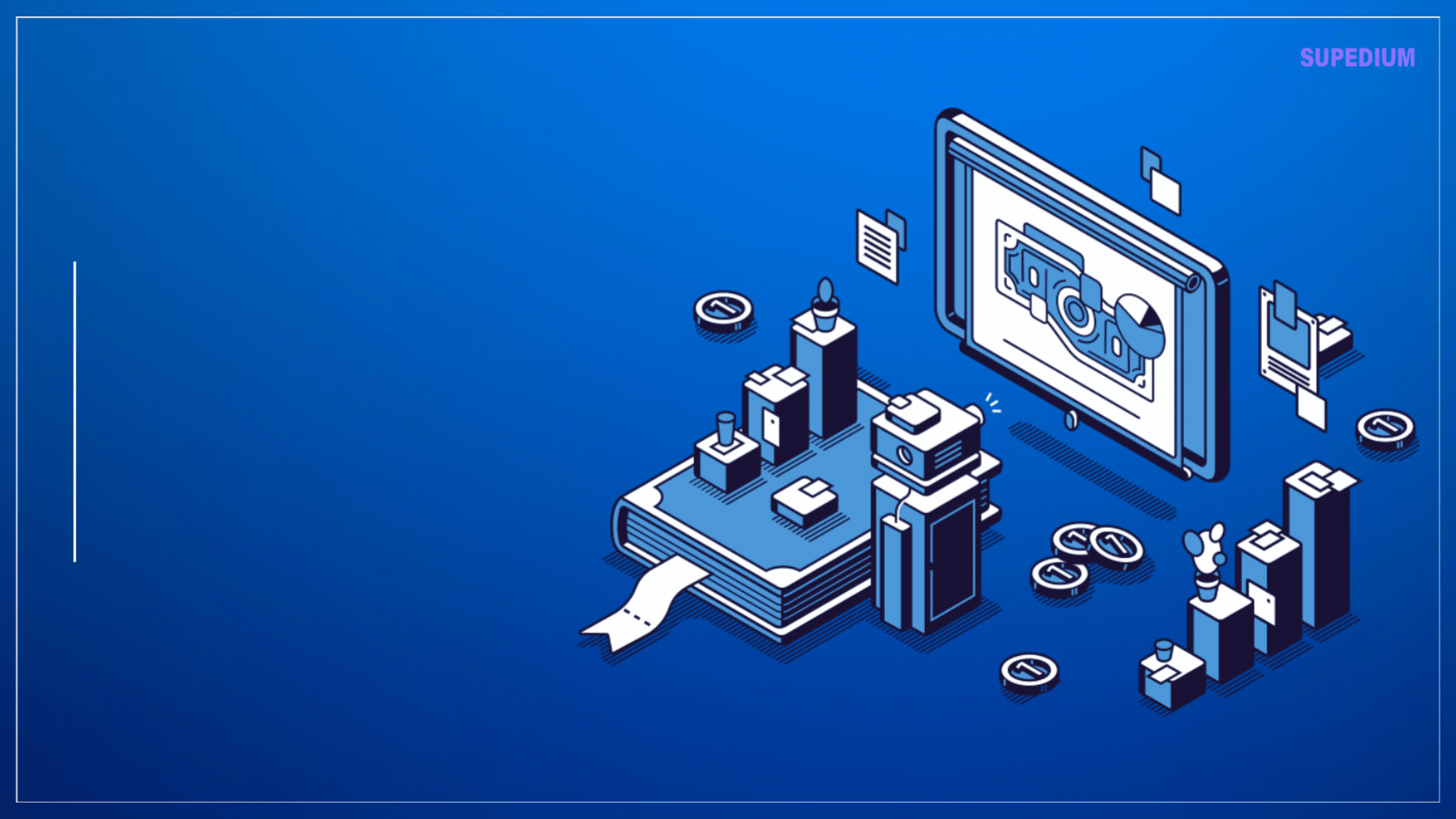Table of Contents
![]()
When a power outage strikes, maintaining the health of your aquarium can become a critical concern. Fish and aquatic plants are highly sensitive to changes in their environment, and a loss of power can disrupt essential functions such as heating, filtration, and aeration. Here’s a comprehensive guide on how to care for your aquarium during a power outage and ensure the well-being of your aquatic pets.
Immediate Actions
Assess the Situation
Start by evaluating the situation to understand the potential impact on your aquarium. Determine how long the power is expected to be out and inspect your aquarium equipment and surroundings for any immediate issues. Knowing the expected duration helps in planning your next steps effectively.
Minimize Stress to Fish
Stress can have a significant impact on fish health. To minimize stress during a power outage, avoid opening the tank unnecessarily. Keep noise and disturbances to a minimum to prevent additional stress on your fish.
Temperature Management
Maintaining Water Temperature
One of the most critical aspects of aquarium care during a power outage is managing water temperature. Most fish are sensitive to temperature changes, so it’s essential to keep the water as stable as possible. You can use blankets or towels to insulate the tank, helping to maintain the current water temperature.
If the outage is expected to last longer, consider using emergency heater options such as portable camp heaters or hot water bottles. Place these items near the tank but ensure they do not come into direct contact with the water to avoid potential hazards. Regularly monitor the water temperature to prevent it from dropping too low or rising too high.
Aeration and Oxygenation
Ensuring Adequate Oxygen Levels
Without power, the operation of air pumps and filtration systems will be halted, which can lead to decreased oxygen levels in the water. To ensure your fish receive enough oxygen, manually agitate the water surface to promote gas exchange. This can be done by gently stirring the water with a clean object like a cup or a net.
If you have a battery-operated air pump or other portable oxygen sources, use them to help maintain oxygen levels. In severe cases where oxygen levels are critically low, reducing the number of fish in the tank can also help lower oxygen demand.
Filtration and Water Quality
Managing Filtration
Filtration is crucial for maintaining water quality, but power outages disrupt this process. If possible, use battery-operated filters or manual filtration techniques to keep the water clean. You can use a siphon to remove debris from the substrate and perform a partial water change if feasible.
Maintaining Water Quality
Regular water testing for ammonia, nitrite, and nitrate levels is essential to ensure the water remains safe for your fish. If you can, perform partial water changes to help manage any build-up of toxins. Avoid adding new chemicals or treatments during the outage unless they are necessary and safe for your fish.
Food and Feeding
Feeding Practices
During a power outage, it’s important to avoid overfeeding your fish. Excess food can lead to increased waste and worsen water quality. Feed your fish small amounts and observe their behavior to ensure they are not stressed or showing signs of illness.
Long-term Solutions
Backup Power Solutions
To prepare for future outages, consider investing in a generator or an Uninterruptible Power Supply (UPS) for your aquarium equipment. These can provide temporary power to keep essential systems running during an outage. Battery-operated aquarium equipment, such as air pumps and heaters, can also be a valuable addition to your emergency supplies.
Emergency Preparedness
Create an aquarium emergency kit that includes necessary supplies such as battery-operated equipment, water testing kits, and water treatment products. Developing a power outage plan for your aquarium will help you respond more effectively in the future.
Post-Outage Care
Restoring Normal Conditions
Once power is restored, gradually reintroduce power and equipment to the aquarium. Avoid making sudden changes to the water conditions or temperature. Monitor your fish closely for any signs of stress or illness, and make necessary adjustments to your maintenance routine as needed.
Evaluating the Impact
Assess any changes in water quality and fish behavior after the outage. Check for any signs of stress or disease and address any issues promptly. Regular monitoring and care will help your aquarium recover from the disruption.
Conclusion
Power outages can present significant challenges for aquarium owners, but with the right preparation and response strategies, you can help ensure the health and well-being of your aquatic pets. By managing temperature, aeration, filtration, and water quality, and preparing for future outages, you can keep your aquarium thriving even during unexpected disruptions.
Additional Resources
For further information and support, consider exploring aquarium care forums and communities where you can connect with other enthusiasts. Recommended products for emergency aquarium care and contact information for local aquarium specialists can also be valuable resources in maintaining a healthy aquarium environment.
Share This





Be the first to comment